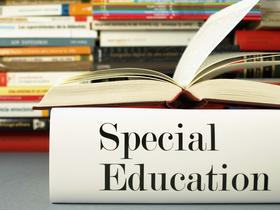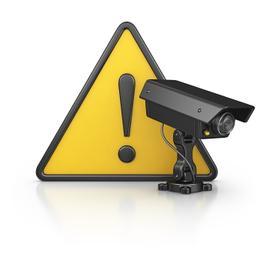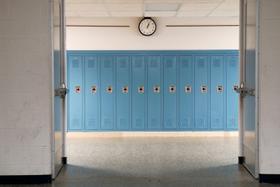Top Rankings
Northland Community Schools School District ranks among the top 20% of public school district in Minnesota for:
Category
Attribute
Student Attention
Lowest student:teacher ratio (Top 1%)
For the 2025 school year, there are 2 public high schools serving 140 students in Northland Community Schools School District. This district's average high testing ranking is 2/10, which is in the bottom 50% of public high schools in Minnesota.
Public High Schools in Northland Community Schools School District have an average math proficiency score of 22% (versus the Minnesota public high school average of 36%), and reading proficiency score of 27% (versus the 51% statewide average).
Public High School in Northland Community School School District have a Graduation Rate of 70%, which is less than the Minnesota average of 83%.
The school with highest graduation rate is Northland Secondary, with 60-79% graduation rate. Read more about public school graduation rate statistics in Minnesota or national school graduation rate statistics.
Minority enrollment is 47% of the student body (majority American Indian), which is more than the Minnesota public high school average of 37% (majority Hispanic and Black).
Overview
This School District
This State (MN)
# Schools
3 Schools
1,177 Schools
# Students
347 Students
310,035 Students
# Teachers
35 Teachers
18,776 Teachers
Student : Teacher Ratio
10:1
10:1
Student By Grade
District Rank
Northland Community Schools School District, which is ranked within the bottom 50% of all 522 school districts in Minnesota (based off of combined math and reading proficiency testing data) for the 2021-2022 school year.
The school district's graduation rate of 60-79% has decreased from 80% over five school years.
Overall District Rank
#453 out of 527 school districts
(Bottom 50%)
(Bottom 50%)
Math Test Scores (% Proficient)
15-19%
45%
Reading/Language Arts Test Scores (% Proficient)
25-29%
51%
Science Test Scores (% Proficient)
6-9%
41%
Graduation Rate
60-79%
84%
Students by Ethnicity:
Diversity Score
0.52
0.57
% American Indian
43%
2%
% Asian
n/a
7%
% Hispanic
1%
11%
% Black
1%
11%
% White
54%
63%
% Hawaiian
n/a
n/a
% Two or more races
1%
6%
All Ethnic Groups
District Revenue and Spending
The revenue/student of $26,406 is higher than the state median of $17,854. The school district revenue/student has stayed relatively flat over four school years.
The school district's spending/student of $25,314 is higher than the state median of $18,580. The school district spending/student has stayed relatively flat over four school years.
Total Revenue
$9 MM
$15,547 MM
Spending
$9 MM
$16,179 MM
Revenue / Student
$26,406
$17,854
Spending / Student
$25,314
$18,580
Best Northland Community Schools School District Public High Schools (2025)
School
(Math and Reading Proficiency)
(Math and Reading Proficiency)
Location
Grades
Students
Rank: #11.
Little Sand
Alternative School
(Math: <50% | Reading: <50% )
Rank:
Rank:
5/
Bottom 50%10
316 Main St E
Remer, MN 56672
(218) 566-2351
Remer, MN 56672
(218) 566-2351
Grades: 7-12
| 9 students
Rank: #22.
Northland Secondary
(Math: 20-24% | Reading: 25-29%)
Rank:
Rank:
2/
Bottom 50%10
316 Main St E
Remer, MN 56672
(218) 566-2351
Remer, MN 56672
(218) 566-2351
Grades: 7-12
| 131 students
Recent Articles

Parents’ Guide to Special Education
Special education law is not easy to decipher, with several regulations that govern special education services for disabled students. In this article, learn about the core components of the laws, rights, and individual education plans that can help create the best public school environment for your child.

Surveillance Cameras: Violation of Rights or Improved Security?
A school district in Virginia has given the green light to schools that want to install surveillance cameras in common areas like cafeterias and hallways. We’ll look at whether this is a violation of student privacy or the best way to keep order in schools.

Teachers in 19 States Allowed to Physically Punish Students
As of 2014, nineteen states still allow corporal punishment – spanking and paddling the most common choices – in their public schools. However, some argue that not only are these punishments physically harmful, they also are disproportionately administered to students of color. As a result, House democrats have taken up the issue in a new bill that would ban all forms of corporal punishment nationwide.





